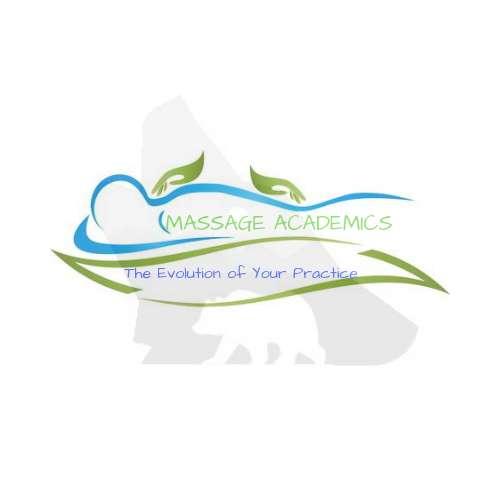
7 Years- Average Career Lifespan in Massage Therapy
Longevity Secrets
Balance. One would think that this is self-explanatory, and yet many of us struggle with it. I, personally, am guilty of the ‘gotta make hay while the sunshines’ regime. This attitude put me into ‘burnout’. The biggest curse of the Massage Therapist!What is Burnout?

Massage Burnout
Avoiding Burnout
So what are the best ways to avoid this? In no particular order, here are a few key essentials: Self-Care. Get a massage, go to the Chiropractor, go to Physio. Do yoga, meditation. RELAX! Take time away from the treatment room. Eat Well. Eat healthy and often. Our bodies need food to survive, and the more we put out, the more we have to take in. Take the time to eat, or snack, and remember, protein is the bodies fuel!
Eat Healthy

Rest and Recover
After Burnout
Can you recover from Burnout? Yes you can! I did, and I’ve seen others bounce back as well. How did we do it? I took 5 weeks off one summer. 2 weeks one month, back to work for 2-3 weeks, then 3 weeks off (I would’ve taken it all in one chunk, but I had other commitments as well). My clients completely understood. A colleague of mine, took 2 months off, and her clients were more than happy for her to go, recover, and come back. Neither one of us lost a single client over it. Many professionals take holidays, sick leave, maternity leave, and sabbaticals, so can you! Just use this wisely.
VACATION!!!
What to tell Clients
Should you need to do something like this, you can tell them you are going on a Retreat, Course, or just taking some time away. Most will ask you if your OK, and in keeping within professional boundaries, the answer should be, “I’m great! Just time to get away for a bit”. (Or something along those lines). You don’t want your clients to know that your in ‘burnout mode’, this can lead people to making their own determination about your health, and stability professionally.Giving Up
Many new Therapists give up too soon. Getting you name out can take time, and if your not working, your not earning. So many in our field leave it just as they’re about to ‘break through’ that first building block. Be prepared, even when going into an established clinic/spa. You will increase your clientele faster, and I personally, think it’s the best way to start, it will still take time though.
Pace and Plan

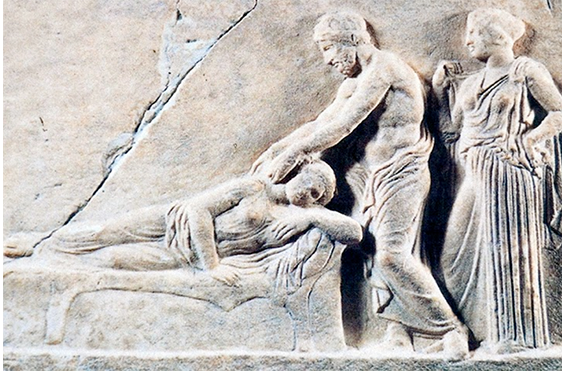

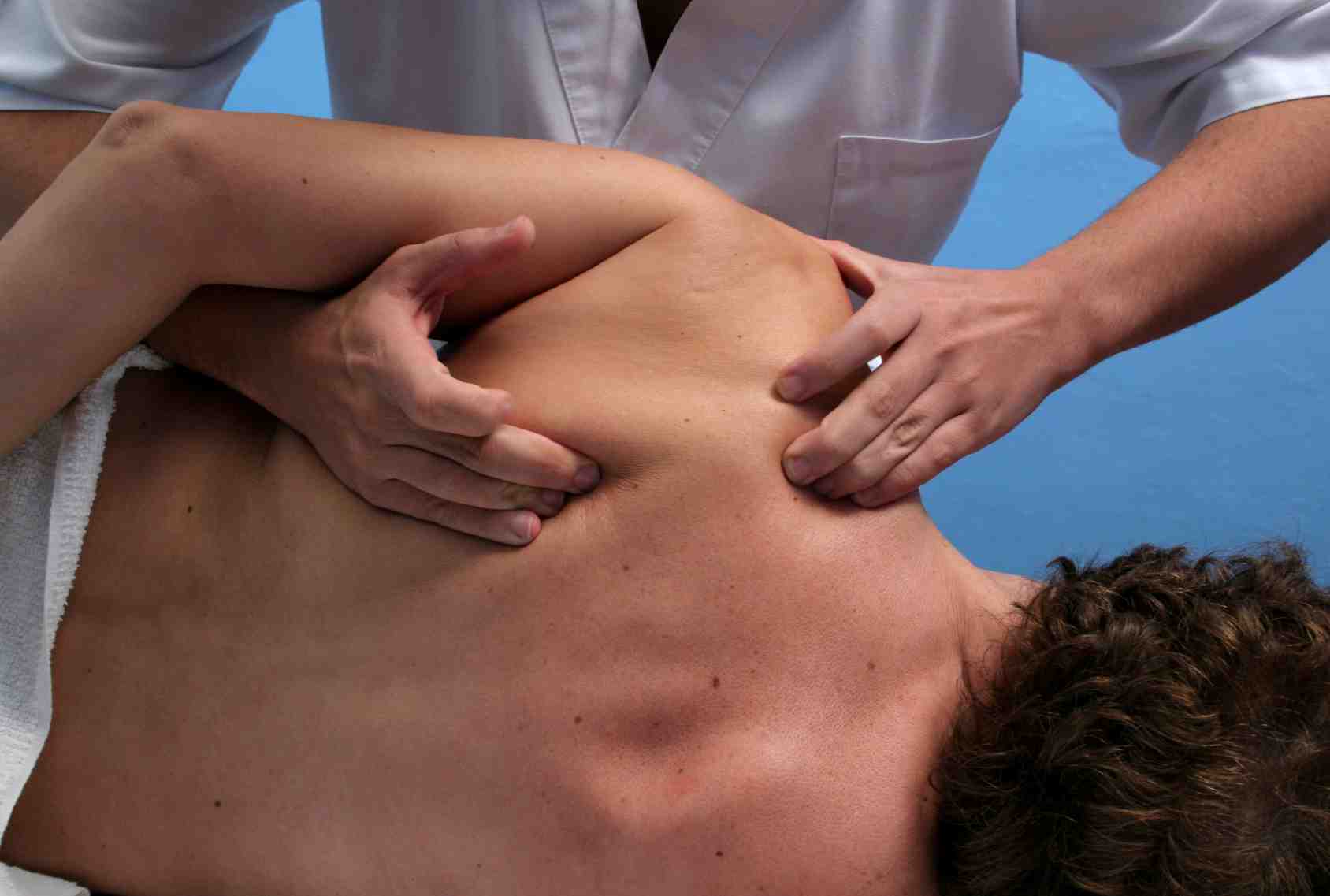
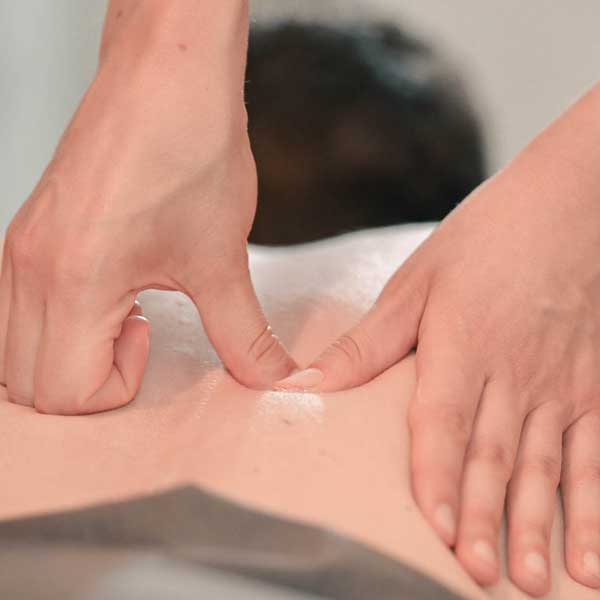

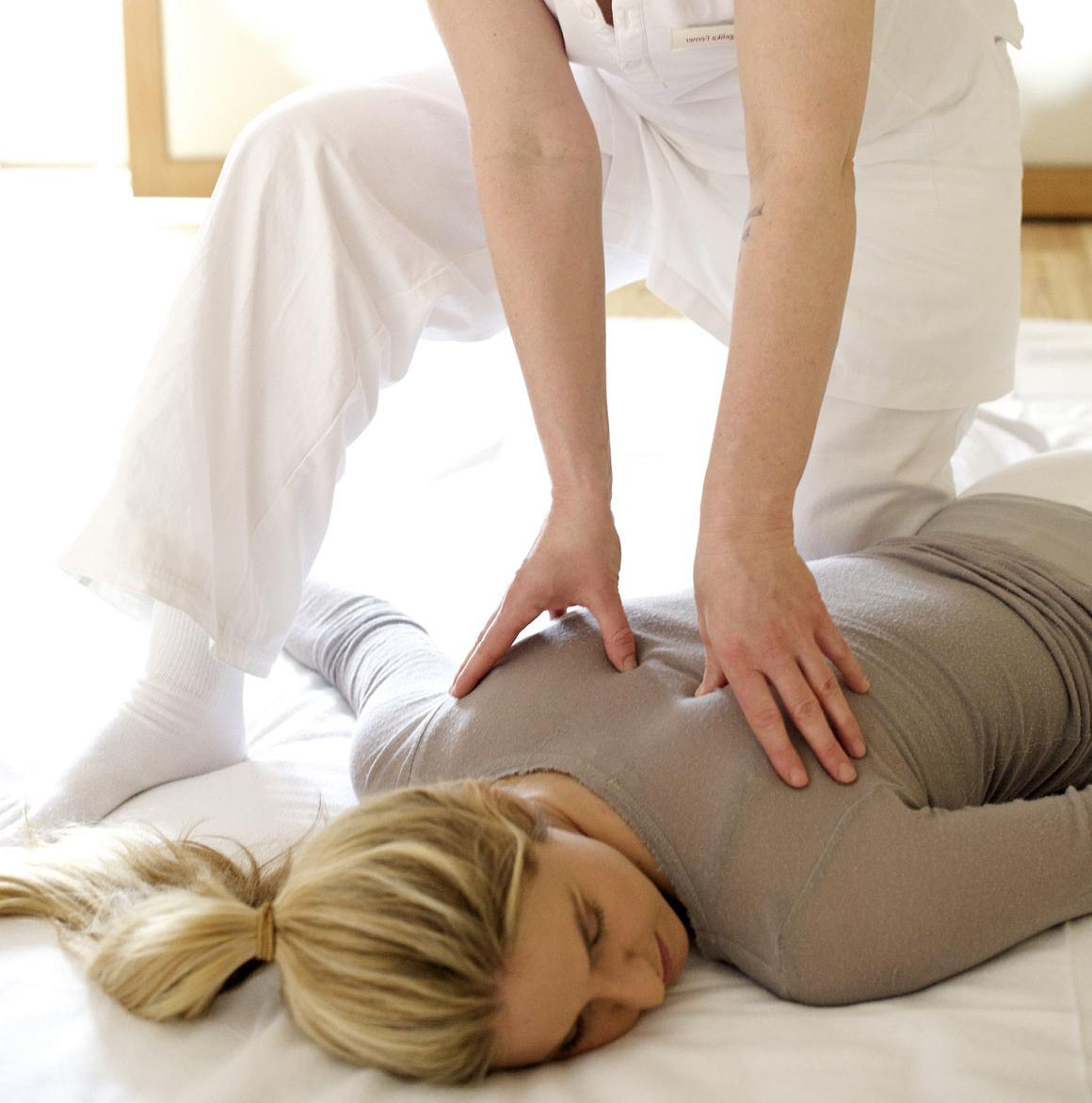
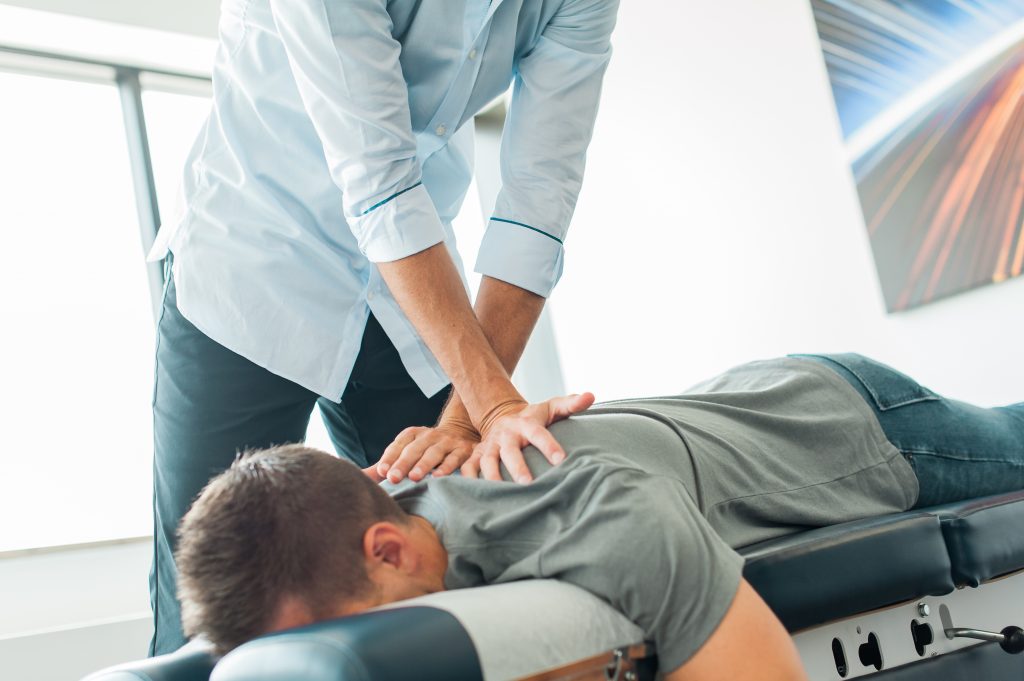
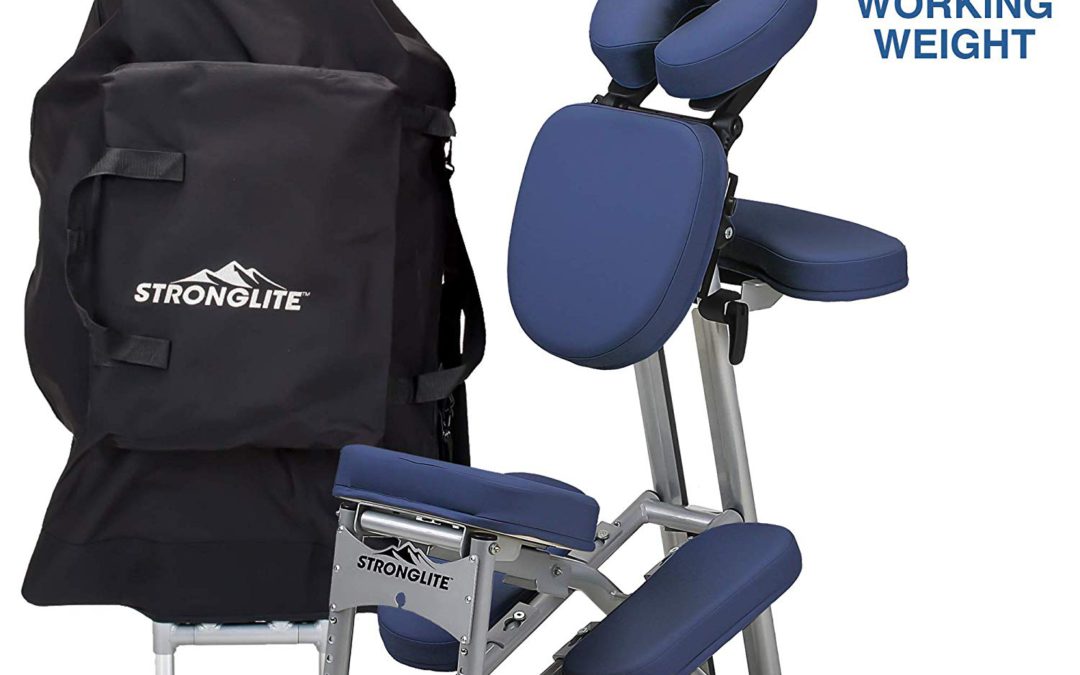
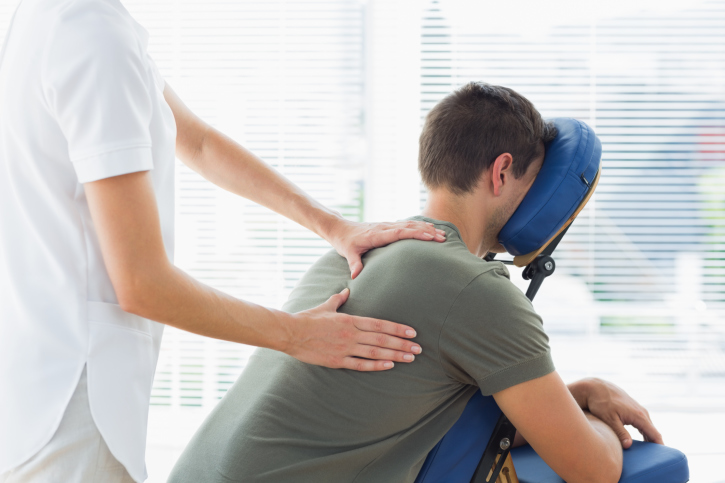

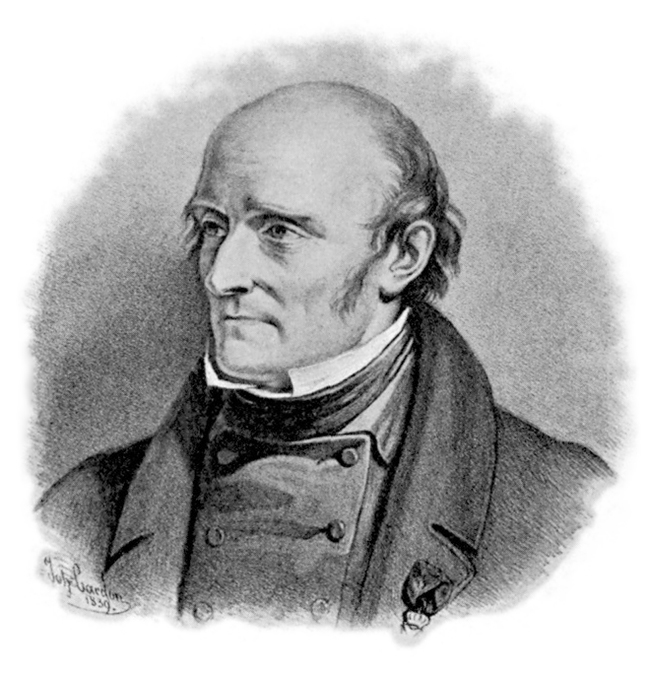
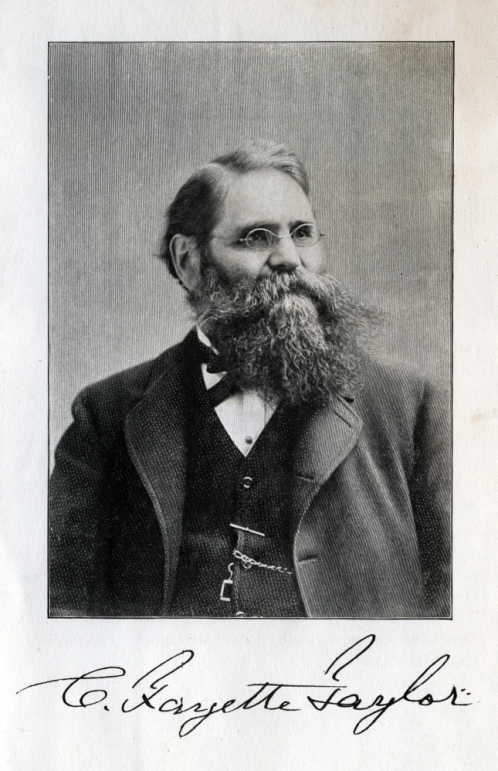


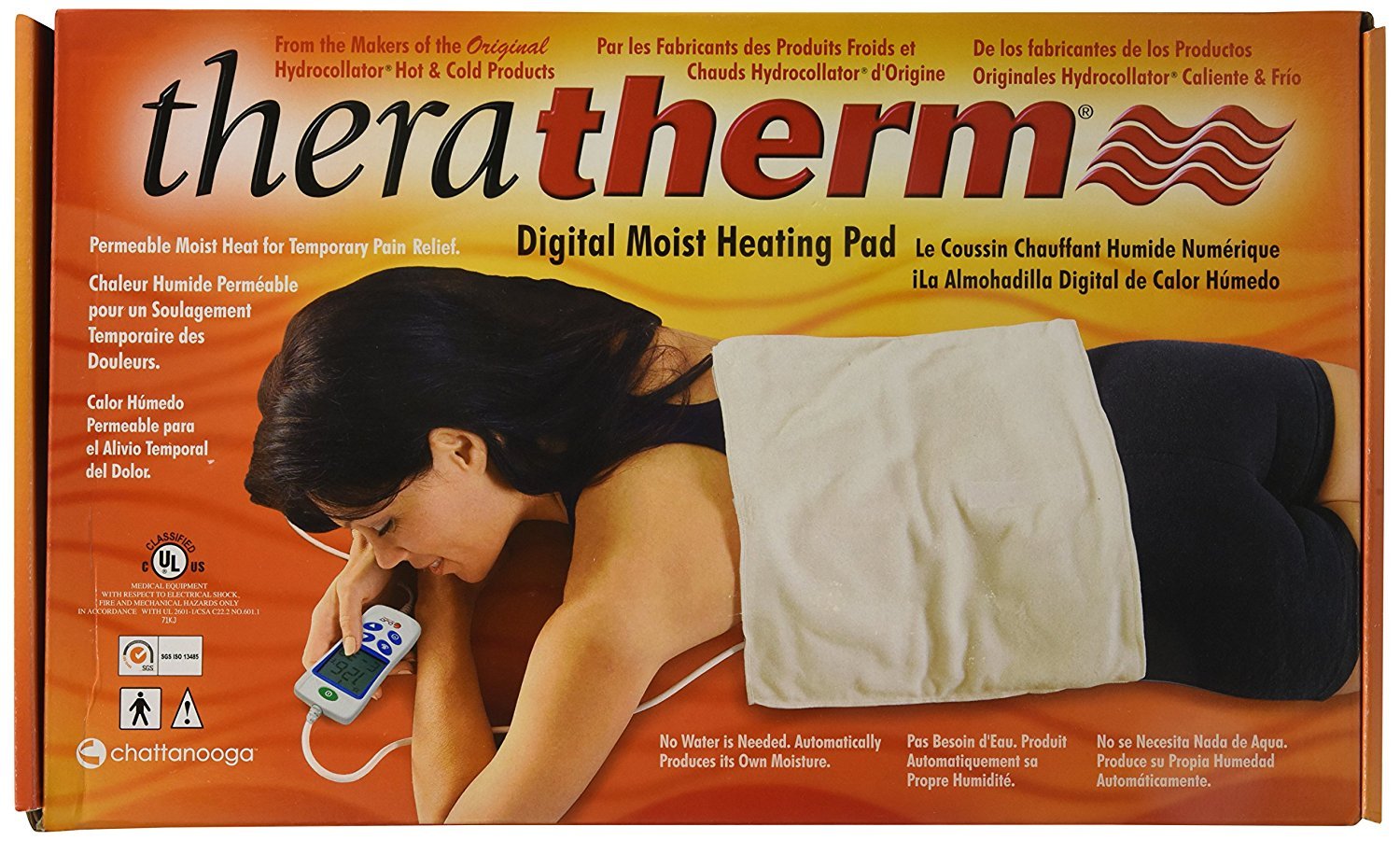




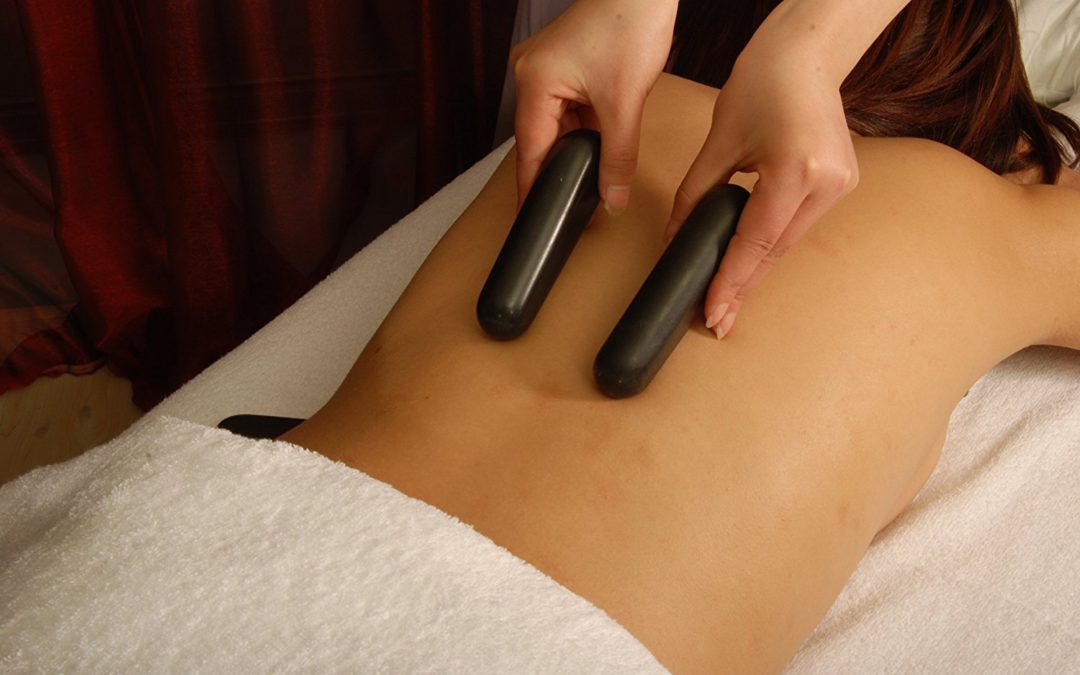
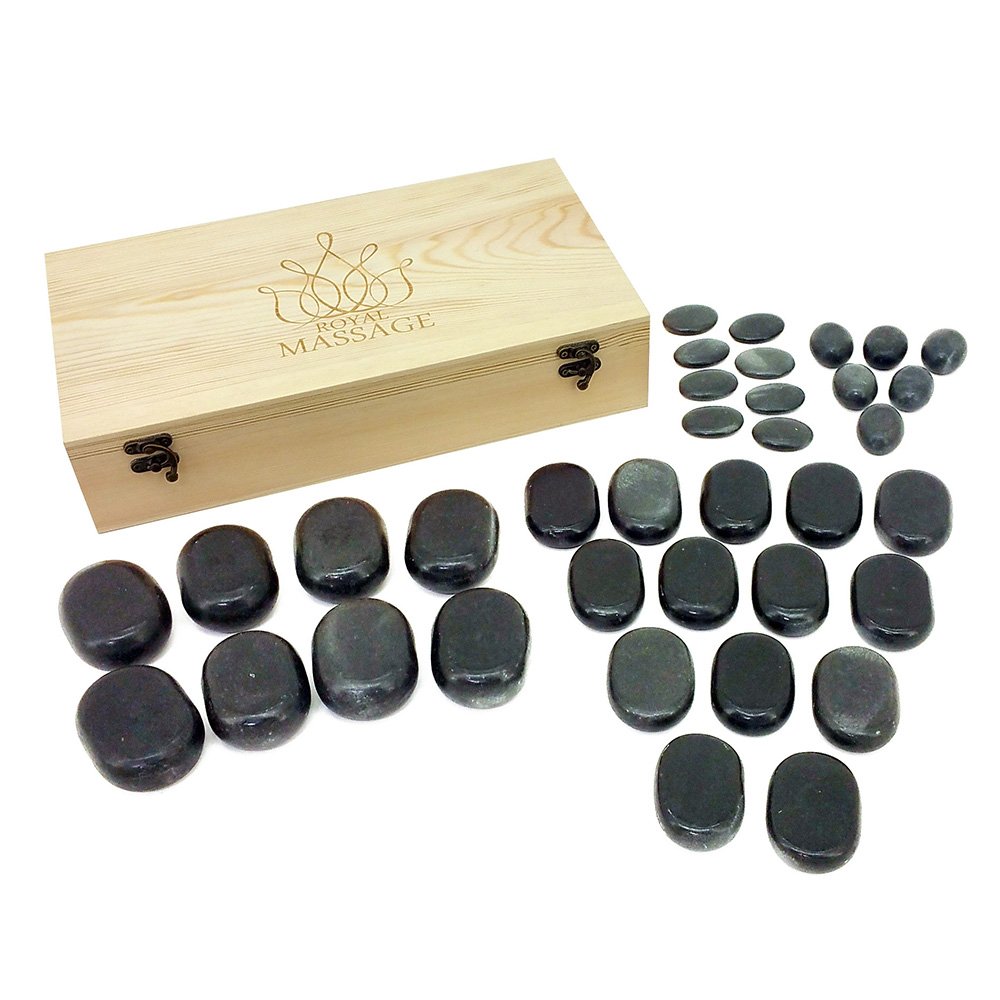
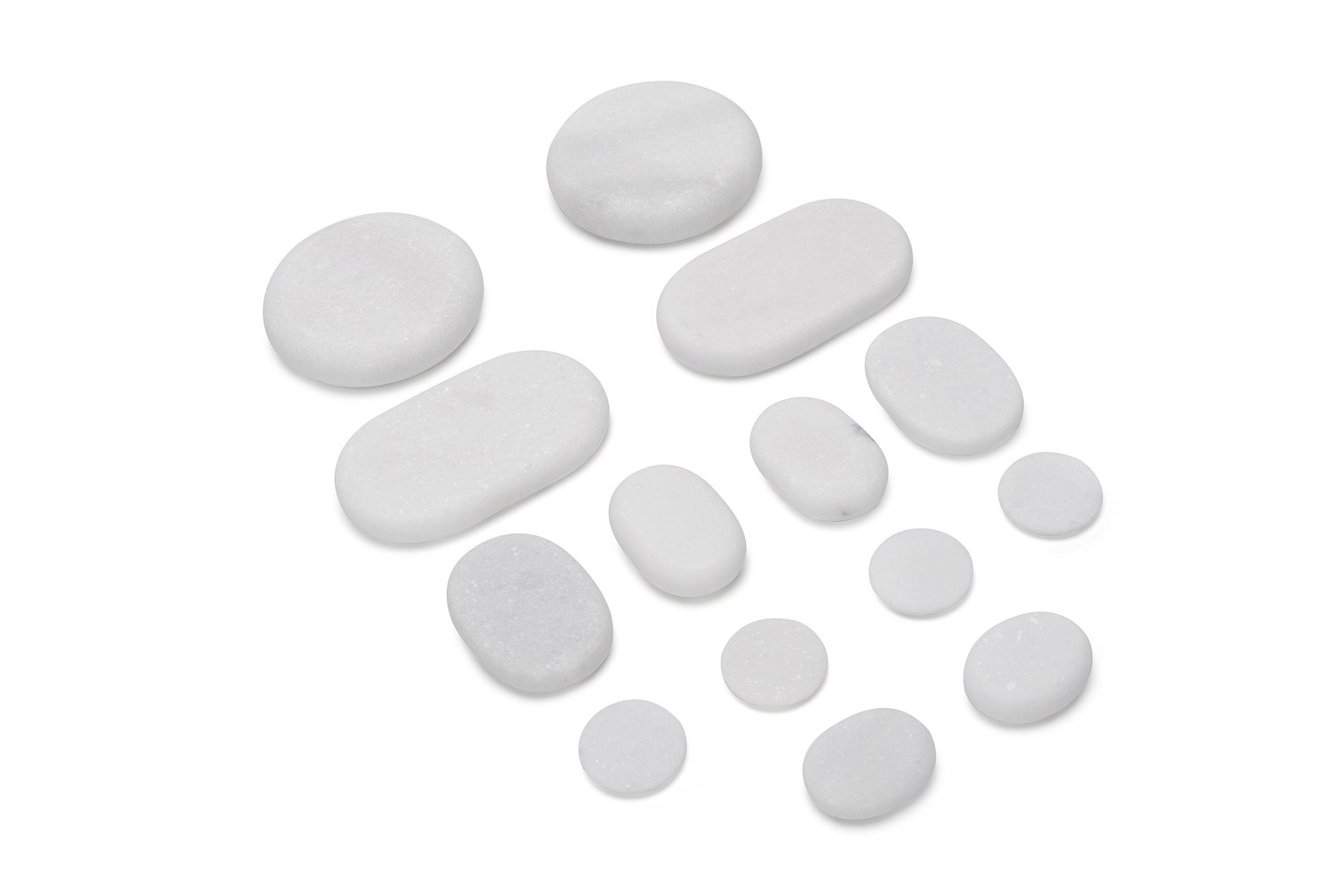
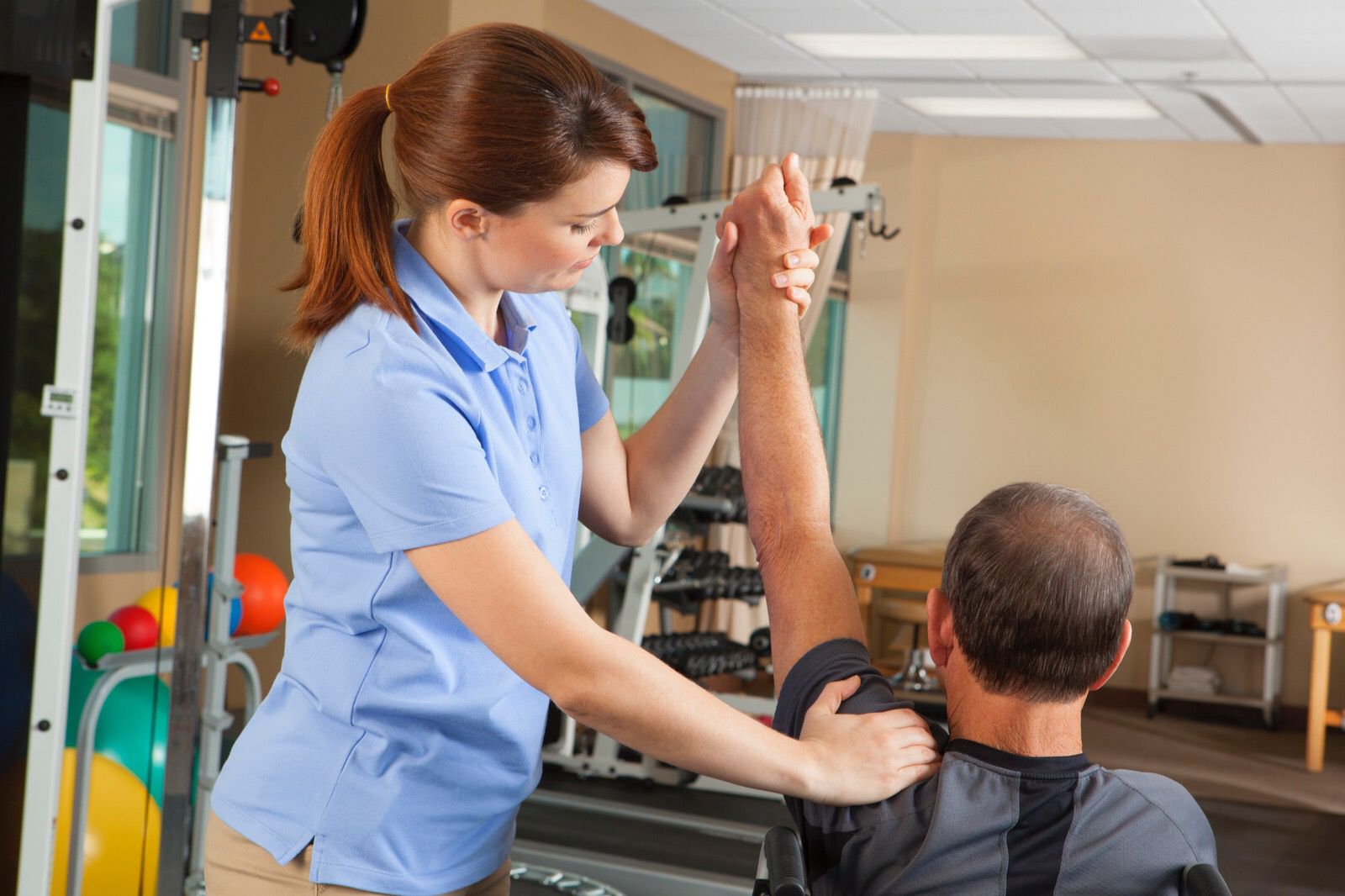
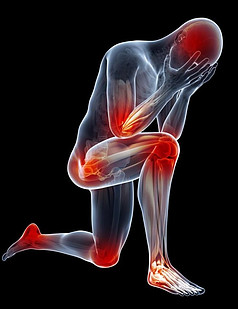
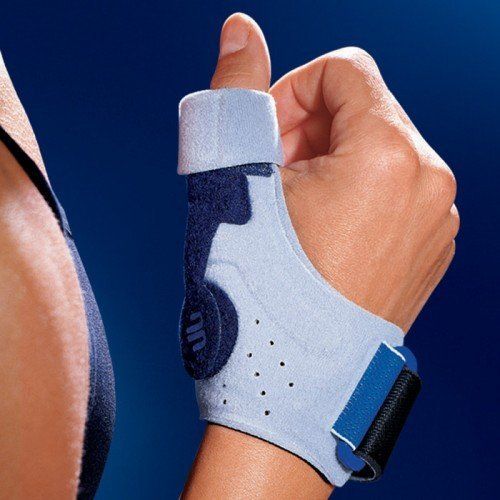


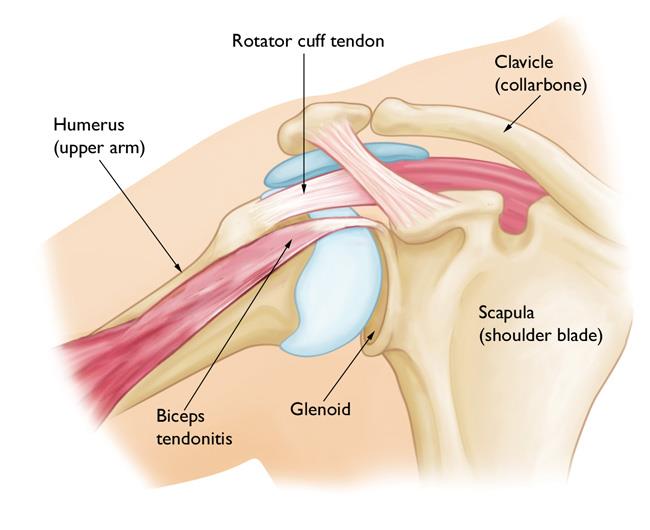
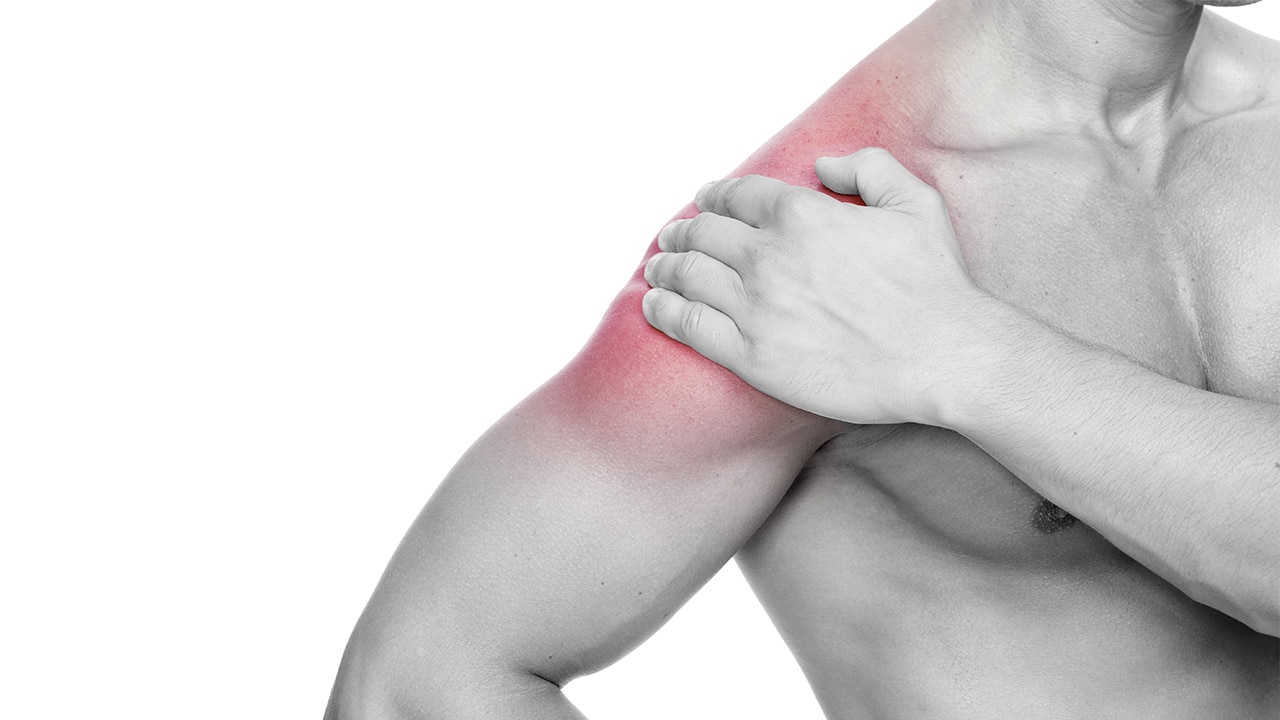
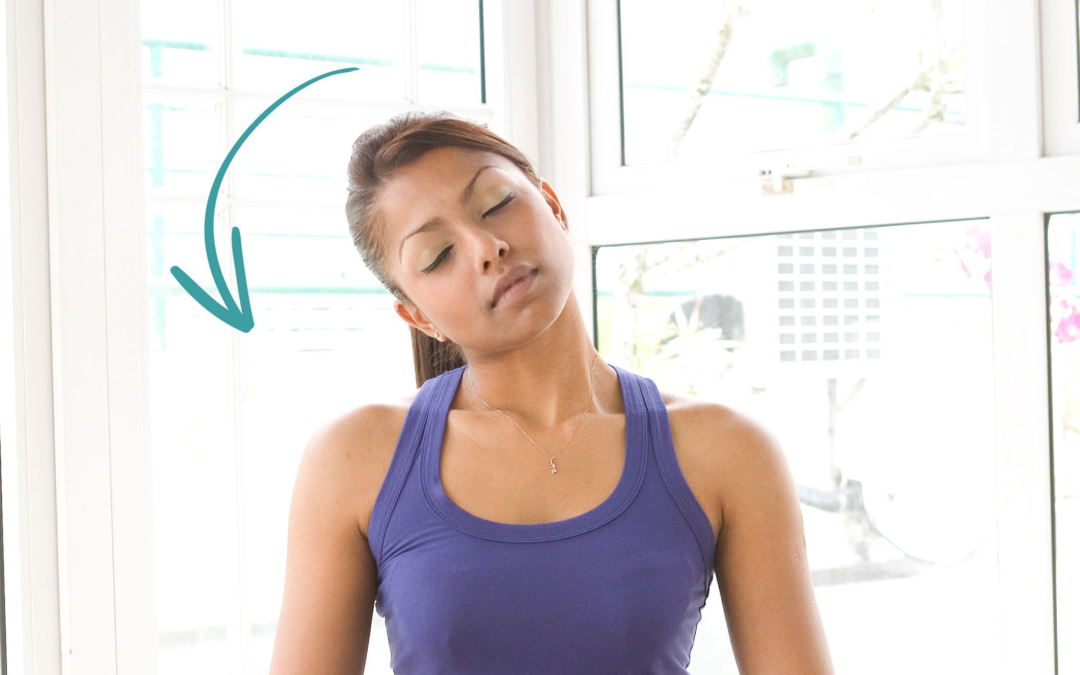


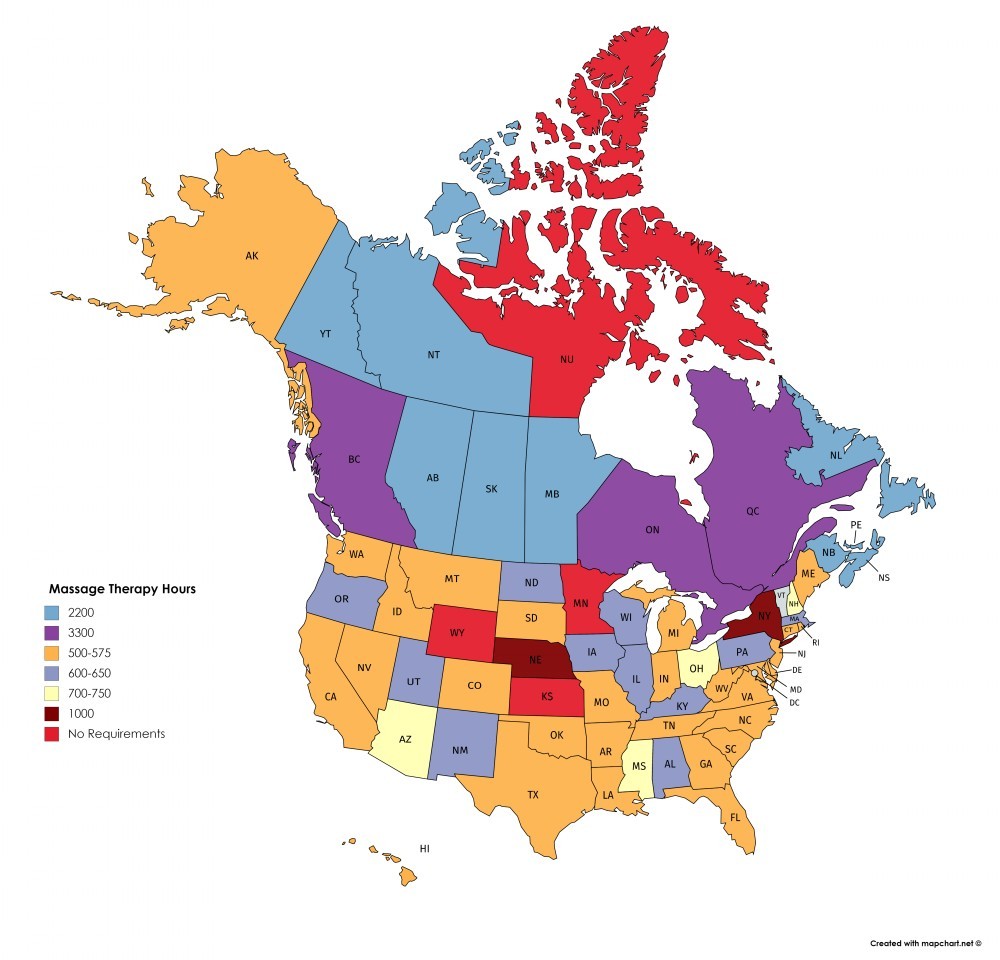
Recent Comments